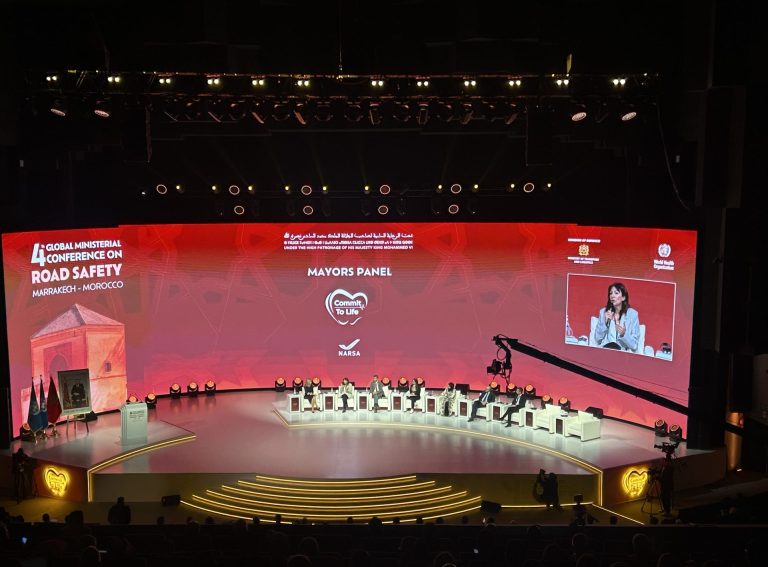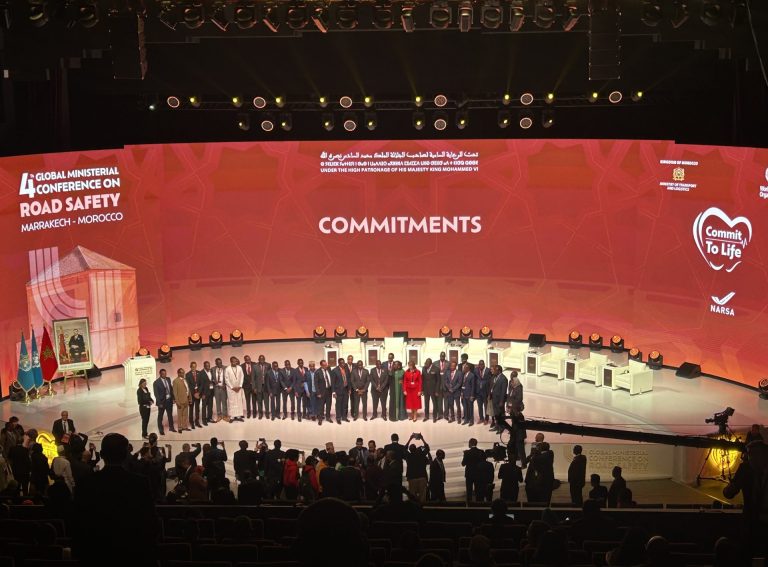Industry leaders gathered at the Smart City Expo World Congress to share their insights on the current investment challenges mobility startups are facing and how to overcome these.
The panel was moderated by EIT Urban Mobility, which has invested over €17 million in more than 150 companies in the urban mobility space over the past four years.
“Mobility startups are facing unique challenges such as high capital requirement, regulatory barriers and scaling difficulties due to local constraints. And of course there are longer returns on investment phases,” EIT Urban Mobility Access to Finance Manager Marie-Caroline Haméon, who moderated the panel, told the audience.
The current funding landscape
Kicking the panel off, Via ID Associate Vincent Cabanel set the scene of a declining fundraising landscape for European mobility startups today. Via ID publishes its ‘State of the European Mobility Startup’ each year, and in 2021 the mobility business accelerator found that $14 billion of venture capital funding was invested into European mobility startups.
Fast-forward to 2023, and European mobility startups were recorded to have secured $9 billion in funding – a 26% drop from 2022.
“2021 was a crazy time,” Vincent said. “It was post-pandemic and investors were full of money and eager to invest in startups regardless of their valuations or their fundamentals.
“What we’re seeing now is investors who are assessing if the models will succeed without being reliant and dependent on the capital.”
On why venture capitalists have ‘lost interest’ in the mobility space, Jose Pacheco, Chief Innovation Officer at Astara said that the “fragmented” nature of the market is partly to blame.
“Imagine you’re an investor. Do you invest in a market where a solution might work in one city, but not work in another city 100 kilometres away?”
Dr Mina Kolagar, Co-Founder of railway technology company PANTOhealth, agreed that the fractured mobility market may be behind investor reluctance, and reflected on some of the hesitation she’s encountered.
“For us, some of the VC’s that are active in the mobility sector aren’t familiar with our specific sector of railway infrastructure. You get this comment that what you’re doing has a very limited number of clients, and that the clients you have are confined to per country or per municipality in each city, so investors see it as high-risk.”
Håkan Lutz, CEO of Swedish mobility brand Luvly, said that the main challenge for startups is to find capital that has “grit”.
“We’re working to revolutionise an industry and that takes time. It takes a lot of time. And besides that, there’s the long-standing preference for software and non-hardware investments,” Håkan said.
“I do understand that traction, but everything runs on hardware. You need to invest in hardware even though it doesn’t move as fast.”
Uniting startups and corporates
When startups and corporates collaborate, Jose believes that clear goals and direction must be implemented if the relationship is to be a strong one.
“Startups have a different language and a different idea of how to scale. So before the corporate and startup start working together, there needs to be a clear intermediate layer to understand where the value is generated and what the clear goals are to make it happen.”
In agreement, Mina said that the first step for startups to collaborate with corporates is to reach a mutual understanding of the market’s evolving demand.
She calls for startups to actively listen to corporates and gain value from the larger player’s existence in the market. “These are players who already know the market, the language of the market, and how to deliver on demand.”
For Håkan, collaboration is a given. “Being very small – but trying to do big things – you can either try to compete with the big players or team up with them. For obvious reasons, we chose to team up with them.”
Other elements of the investor/startup relationship that were also explored by the panel include how to reconcile sustainability with efficiency, and what innovation means for investors.




